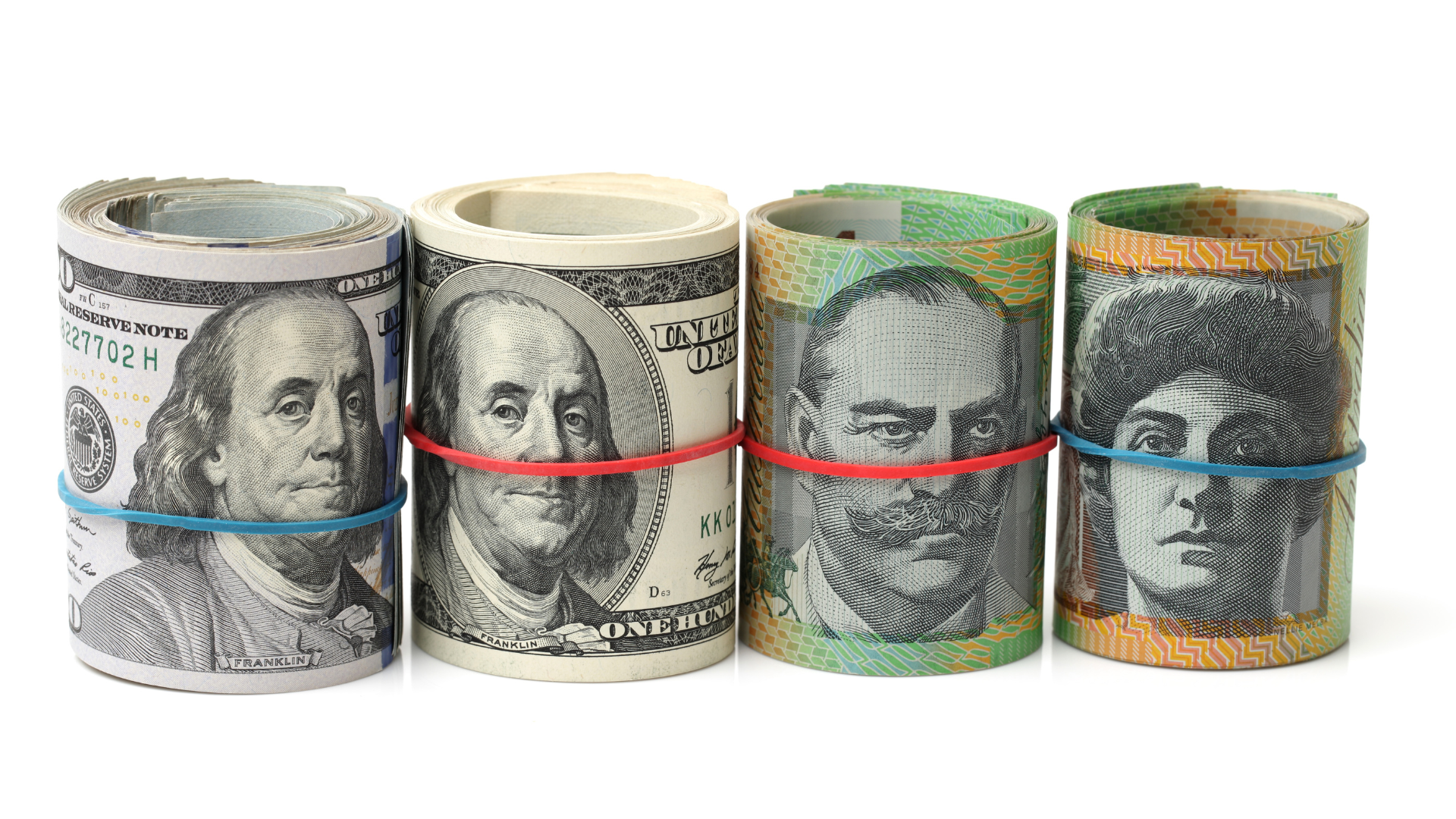The Australian dollar weakened against the US dollar, slipping as trade tensions resurfaced and boosted demand for safe-haven assets. With renewed concerns over a potential tariff war, investors moved toward the greenback, which remained supported by its status as a global reserve currency.
Market sentiment turned cautious after fresh signals of escalating US trade policies, with fears that retaliatory measures from key trading partners could disrupt global economic stability. The shift in risk appetite put pressure on the Aussie, a currency often tied to market confidence and commodity prices.
Meanwhile, the US dollar strengthened across the board, benefiting from higher Treasury yields and expectations that the Federal Reserve will keep interest rates elevated. The combination of trade uncertainty and a hawkish Fed outlook has reinforced the dollar’s appeal, limiting any potential rebound for the Aussie.

AUD/USD 1-D Chart as of March 04, 2025 (Source: TradingView)
The Australian economy also faces domestic headwinds, with concerns over slowing growth and softening demand in China, its largest trading partner. As China remains a key driver of Australia’s commodity exports, any economic slowdown or disruption in trade flows could further weigh on the AUD/USD pair.
Looking ahead, traders will closely watch developments in global trade policy, particularly any escalation in US tariffs and potential countermeasures. Additionally, upcoming US economic data could further shape rate expectations, influencing the US dollar’s strength and adding volatility to currency markets.
For now, the Australian dollar remains vulnerable to external pressures, with its direction largely dependent on trade developments and broader shifts in global risk sentiment. Without a resolution to ongoing tariff concerns, the Aussie may struggle to find solid footing against the rising US dollar.
















